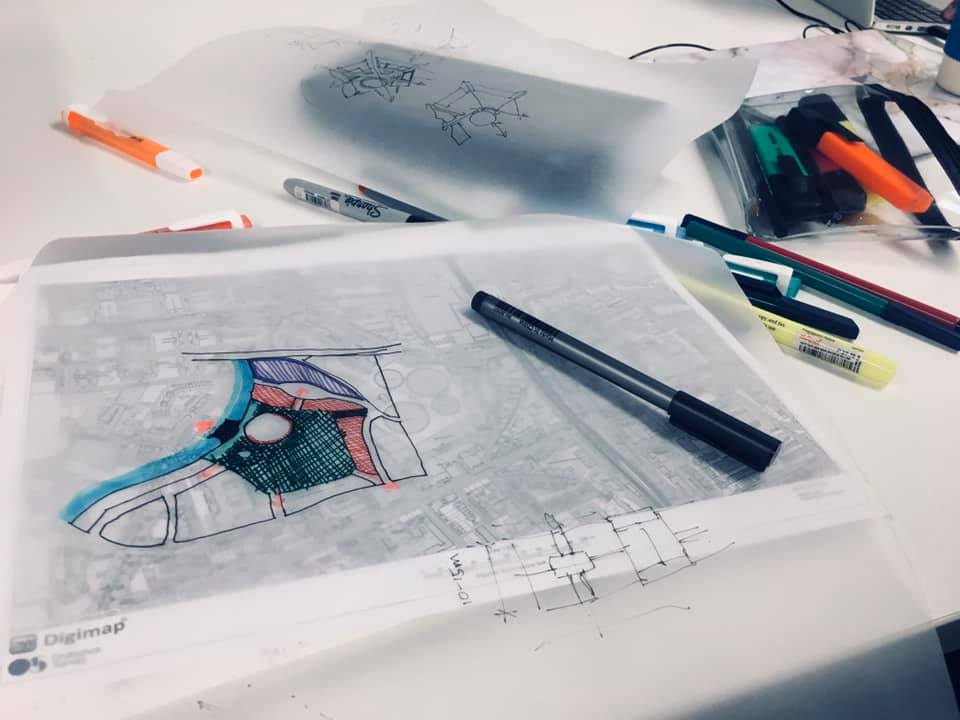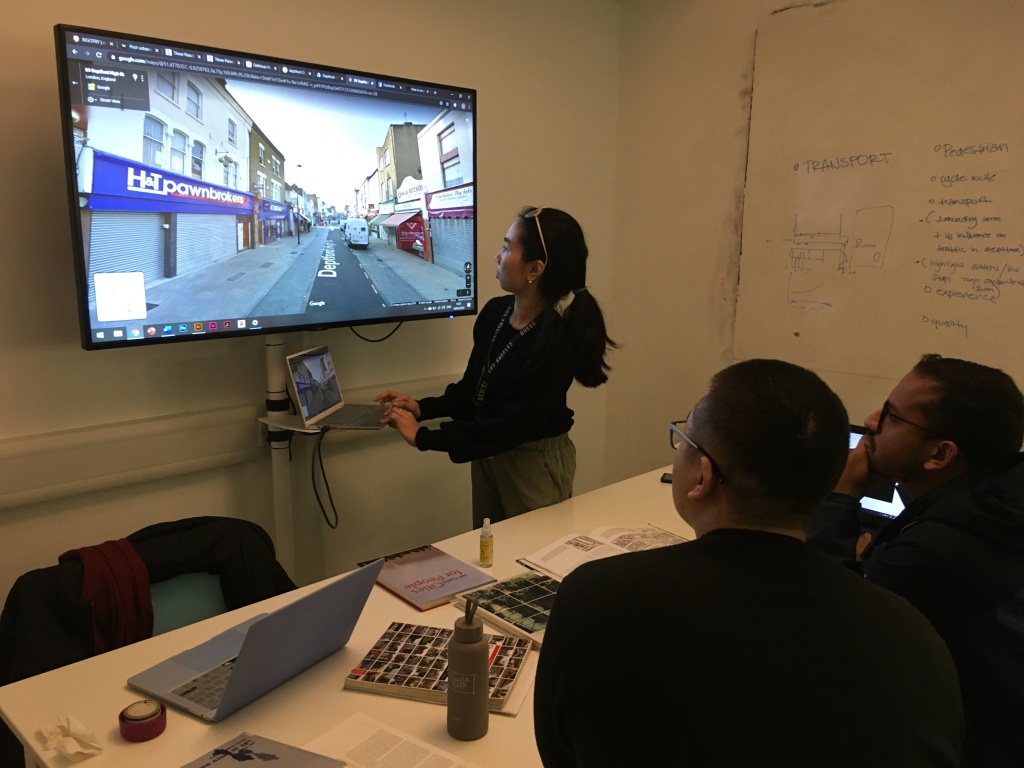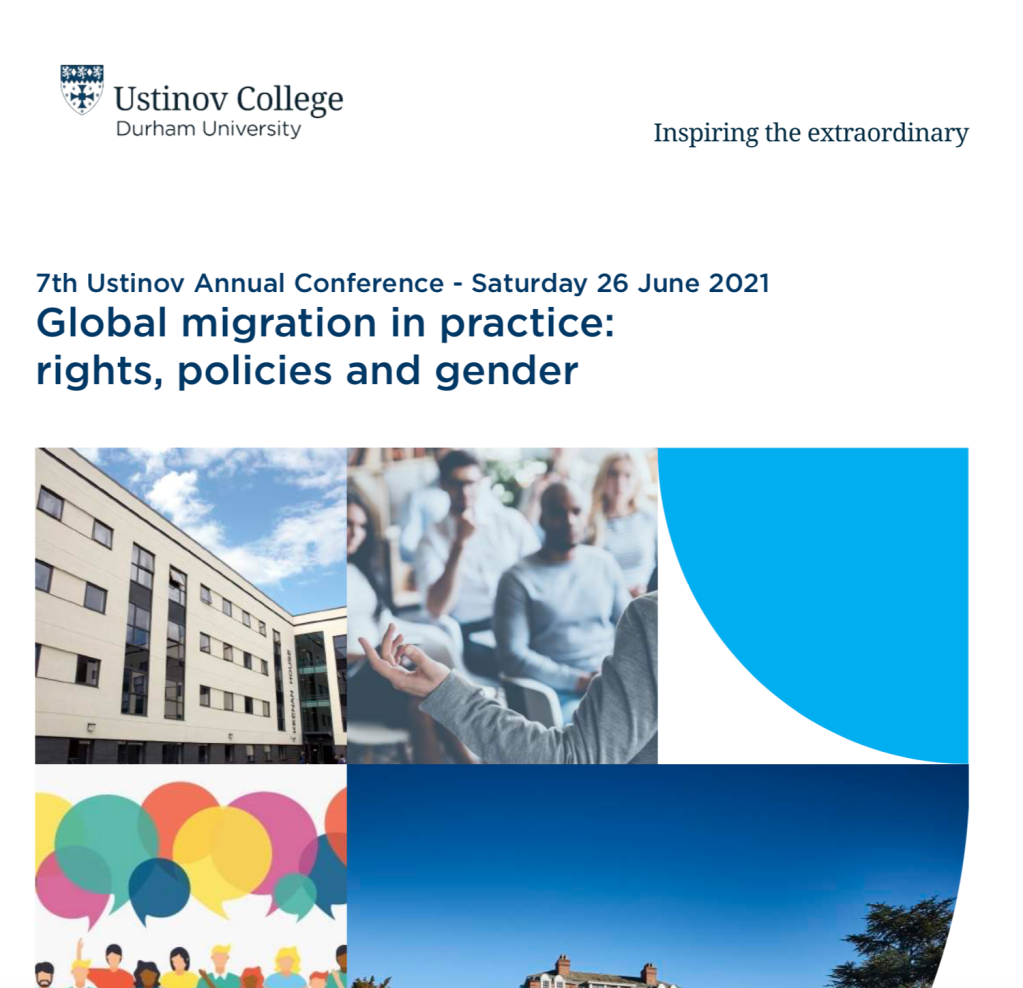Recently, I’ve been coaching aspiring Chevening applicants and a number of young professionals who are seeking higher studies on urbanism, the built environment, planning, and other themes in urban studies. After a number of conversations, I decided to write about my own experience, and create a simple guide for anyone who needs it.
What’s the difference between studying planning in a developing country and in a London planning school?
I took up an urban and regional planning master’s programme in the Philippines (though I didn’t finish it) and several years later, took up International Planning and Sustainable Development MA at the University of Westminster through the Chevening scholarship. Some of the differences include the educational style, the course structure, and the facilities.
For example: With regard to educational style, in the PH, I got so used to simply submitting a finished paper to get graded, and we receive comments at the end of the course most of the time. In Westminster, there were three or more professors handling one class, and they would coach you and ask for output progress on a scheduled basis. Discussions during progress checks really helped shape the development of papers and design work. I adjusted to that style, and really appreciated a different way of learning.
I also felt relieved at being able to use library systems that allowed access to so many resources, beyond the titles available in the PH. I loved how I could recommend books to our librarian, and he would just purchase the books and have them ready for loans almost immediately. I also loved how easy it was to “study” because everything was systemised: you simply swiped your uni ID to borrow and return books, use the copying and printing equipment (with top-ups and all), and log into the classrooms. (Many take this for granted, but coming from a developing country, oh, the joy.)
I’ll talk more about the courses (subjects) below. But being in an international class definitely helps widen your perspective, and enables you to criticise and even unlearn some knowledge you always thought to be part of ‘planning foundation.’
How did you choose your university? What criteria did you consider?
With Chevening, we were asked to select three universities with respective degree programs. As an urbanist, I was very particular about which city I would reside in, and I had decided from the start to immerse in London. My first choice was UCL, but I only received a Conditional Offer (Chevening requires Unconditional) and since I couldn’t have it changed in time for the scholarship deadline, I went with my second choice, which is University of Westminster.
Researching the program courses (subjects) will give an idea of what your year will be like. Going through the descriptions will help you decide which course to take. In my case, I researched that my course had pathways which I could take, and I was drawn to the spatial pathway because of the courses Public Realm and Sustainable Neighbourhoods.
Also, it also helps to choose a university that is accredited by the RTPI, in case you’re considering a planning career in the UK. Here’s the list of accredited universities and degrees.
What was it like at the University of Westminster – School of Architecture and Cities?
My department is part of the Marylebone campus, which also houses the UoW Business School. The campus is a modern one, and is right in front of Baker Street Station, which connects it to the rest of the city. It’s also a couple of minutes away from Regent’s Park. (Marylebone Village is also pleasant to walk around in, it’s quite posh, being in West London.) The campus was very busy, and I often joked how we needed more homey spaces, like the bean bags in the Harrow Campus. (I only visited Harrow to use the piano rooms of the Music Department.) But I was quite fond of Marylebone campus, the library became a comfort zone, and as uni life goes, I identified its classrooms with excitement.
The MA IPSD is one course under the School of Architecture and Cities. Some of our bigger classes were joined with students from the MA Urban Design, MA Urban and Regional Planning, and MSc Transport Planning and Management. I always looked forward to the plenary courses because I got to catch up with my friends from Urban Design, and we’d have longer discussions due to the many lenses used.
Here’s a short video showing some photos and clips of rooms in Marylebone, Harrow, and Regent’s campuses, as well as my time with friends:
Could you describe some of your subjects, and the type of coursework?
It’s a mix — there are courses where you stay in the classroom and listen to lectures or work on group outputs over a series of sessions, then there are courses that are practical, where you get to go on walking lectures, and literally make London your classroom. Courseworks included analytical, strategic, and policy papers, presentations, and design work.
Many ask me what “international planning” means, and many also assume that since I studied in the UK, I focused on the English planning system. While we did study the latter in the course Planning Skills, we also studied the planning systems of many different countries: Netherlands, Indonesia, Germany, China, India, USA, Spain, France, Belgium, and some cities in Africa. We also worked on projects in Southeast Asia, namely Jakarta and Yangon. We created a regional plan for Cambridge, and worked on borough, neighbourhood and street-level elements in Deptford and Bethnal Green. What’s great about studying all of these planning systems and places is that it gives you an understanding and awareness of what you are already familiar with. It also gives an appreciation of what works and what doesn’t in different contexts. For example, the planning system in the Philippines is ‘comprehensive land use’ (zoning and permanency) which contrasts with the English planning system, which is discretionary in nature (changes are always debated). There’s so much that goes into the history of these systems, and how they work today.
Then of course, there are the Research Methods and the Dissertation modules. We were given the option to work on a full thesis or a design thesis, and I opted for the first. Read my thesis here. You could also check out our graduate exhibition, MORE 2020, to see the scope of research projects in the Department.
There’s so much more to the courses, but just to give a visual of our work, here are a couple of outputs and photos from sessions and field work:


What were the challenges you encountered?
What I struggled with the most is my design work. I am not a designer by education or training, I’ve always leaned more on the social side of planning, and my strength is in writing. So when I decided to take the spatial pathway of my course, I was so nervous. But then — learn as much as you can, and improve yourself, right? My professors and friends helped me get through. At the end of my course, I already enjoyed designing so much.
Working in a group is given in planning. While I was blessed to have friends in my group work most of the time, there were also some challenging moments with other classmates, especially with contrasting viewpoints (it was usually about finding balance between right and left). Some difficulties were also due to the fact that the COVID-19 pandemic struck in our second semester, so some students had to fly home immediately, and we had to work across timezones, adjust, and take care of our mental health. Even some of our professors struggled transitioning to online classes at first, but I’m just grateful that they still found the time to provide one-on-one tutorials with everybody. We were also supposed to fly to Izmir, Turkey to immerse with a community, but that got canceled. That was too bad, because our class was looking forward to it after the entire year.
What would be your advice for aspiring planners who would like to take up studies about the city under the Chevening Scholarship? What lessons could you impart?
- Be open-minded. I went to London with a view set on studying the public realm because of my interest in placemaking, but after studying for a year, I realised how drawn I was to topics in urban sociology and theory, so I shifted my thesis closer to that instead.
- Build a good relationship with your dissertation adviser, your professors, and friends. After uni, my course leader invited me to be part of a research group within our department, which is amazing, because I used to just read papers and cases of the research group during class. And now I’m part of it! I’m also still in touch with my thesis adviser (who is simply the epitome of kindness and professionalism), and I continue to learn about urbanism through another professor’s Instagram.
- Learning in London is not confined to your university, so attend public lectures in other unis (in my case, I attended several lectures hosted by LSE SEAC and the Bartlett), and my best friend was kind enough to tour me in her undergraduate uni, so I was able to visit the incredible design studio of the University of Greenwich.
- Walk the city! Planners should immerse more, really. Sketch and take photos while going around. Observe people’s behaviour. Observe the contrast of buildings and spaces. Take note of your feelings when in a particular place.
- Utilise the libraries and the conducive study spaces. In London, those were present almost everywhere, which allowed me to ‘study-hop’ whenever I felt like it.
Other resources
There are also awesome blog posts and videos by other Filipino scholars, which you should definitely check out:
- Rogerine Miguel was in my cohort and was one of the social media ambassadors during our year. Check out her YouTube channel.
- Tanya Quijano is also an alumna of the University of Westminster, and her blog, In #BriTanya, is a great guide on student life: read her tips on budgeting, traveling, exploring, and a lot more.
- Renee Karunungan shares preparation tips for Chevening applications in this blog post.
If you have more questions, feel free to post them as comments, and I’ll answer them when I can.
Bonne chance!
















